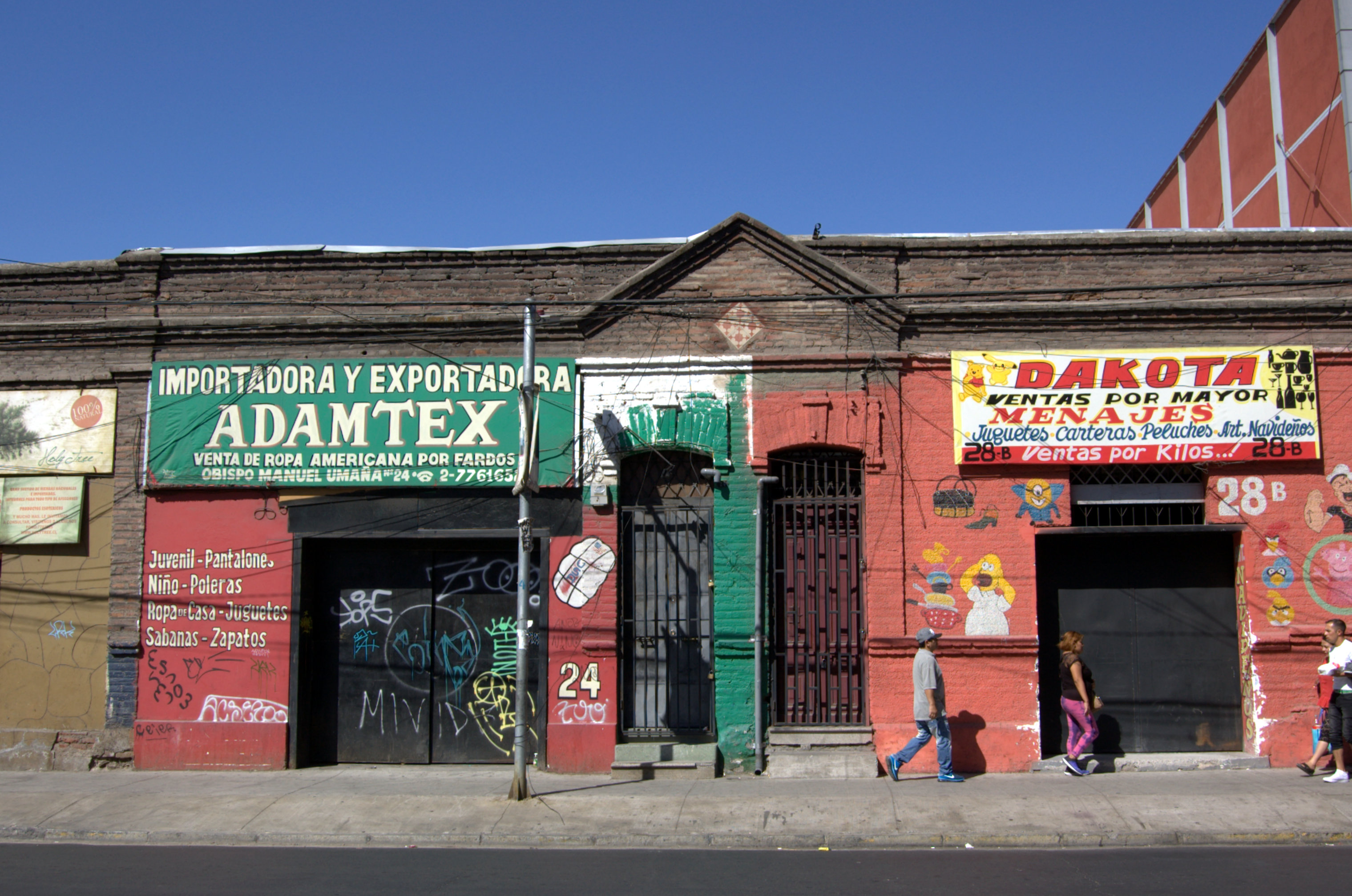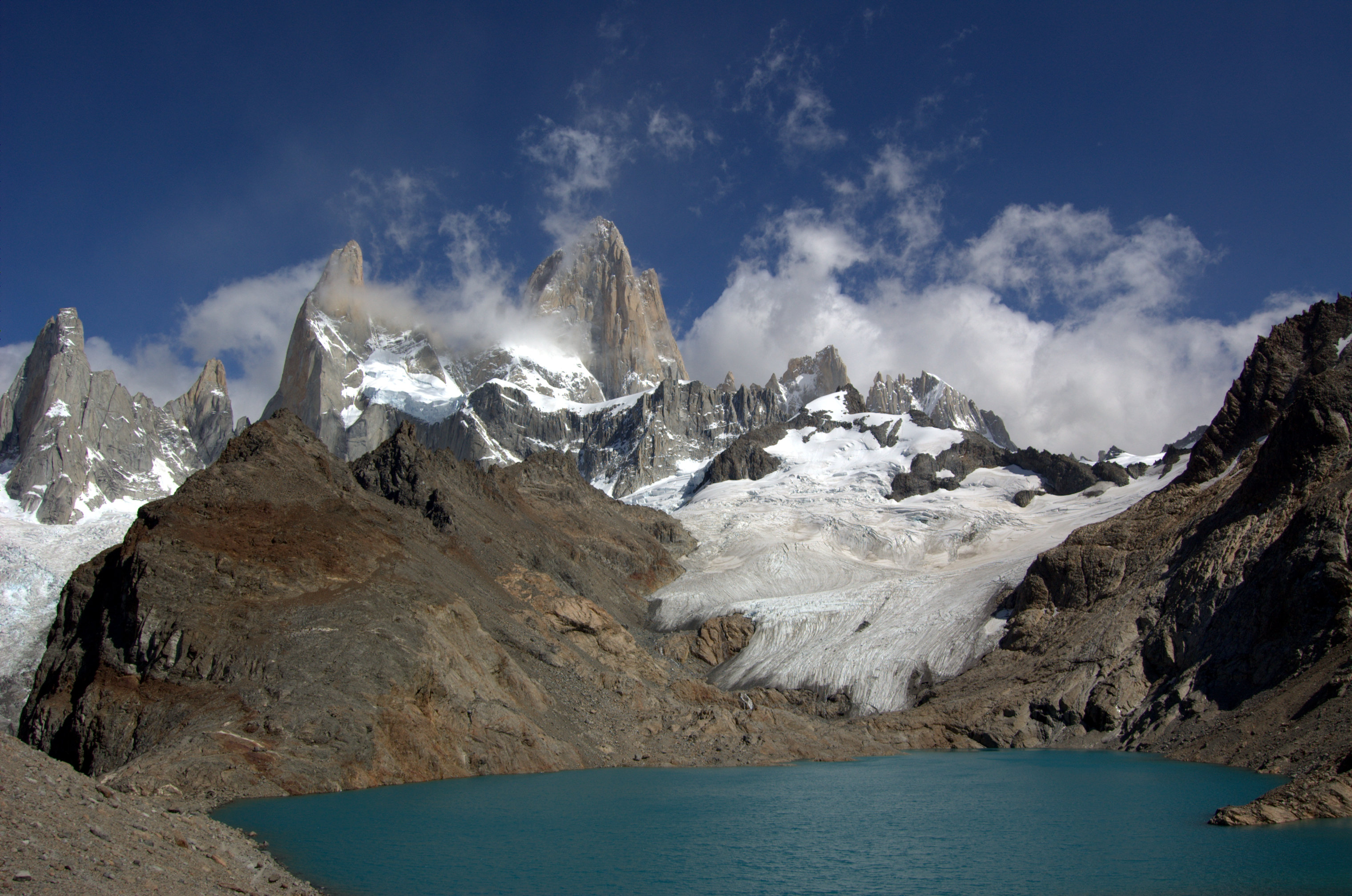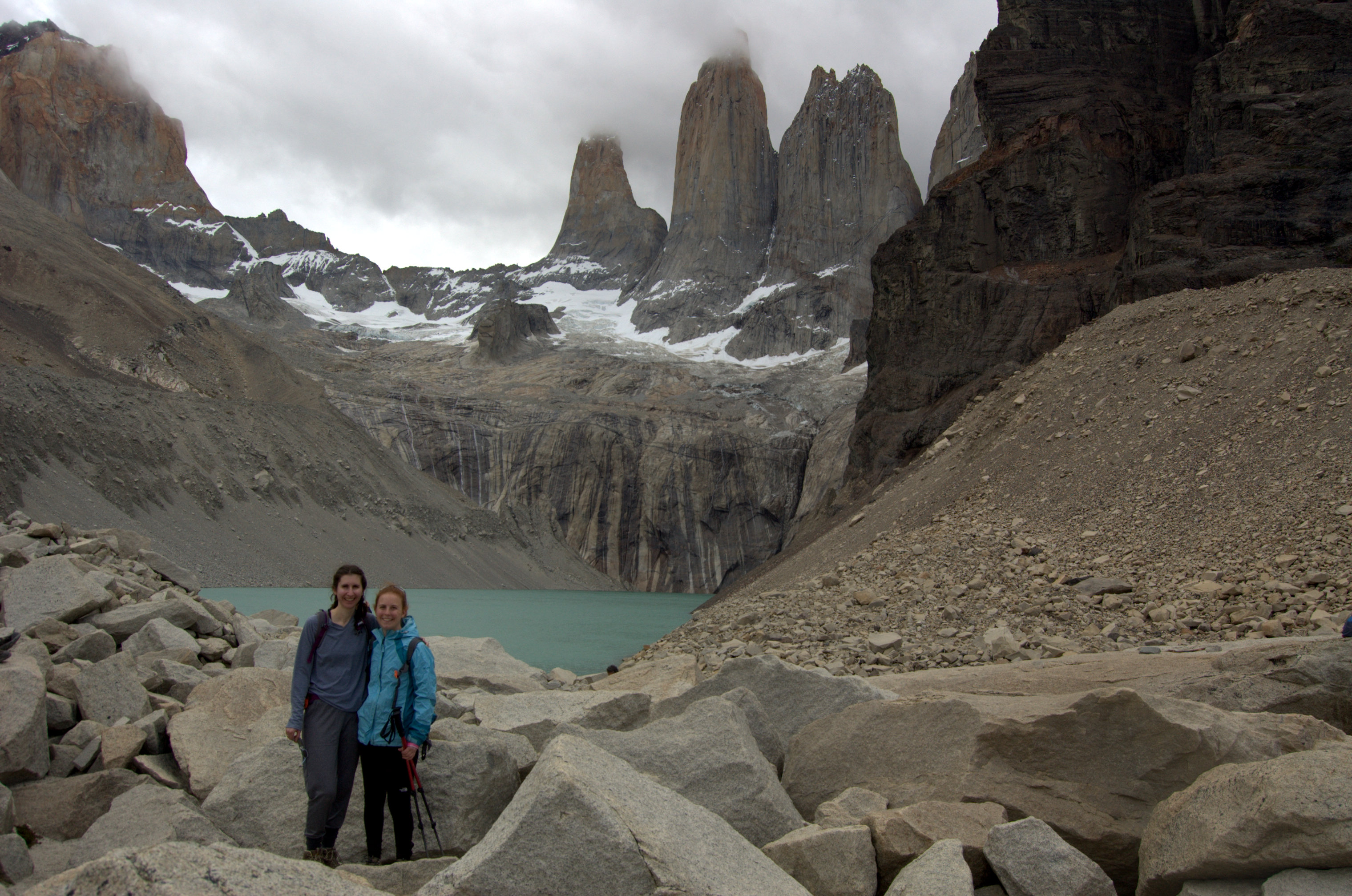After over a day of travel, we finally reached the Strait of Magellan. Initial thoughts: it is quite cold here, even though it’s the middle of summer. It’s also incredibly windy, and I hear it’ll be even windier on our trek. The town is a lot less touristy than I would’ve thought, and it seems to stretch on forever.
For a place that gets quite cold in the winter, a lot of roofs don’t seem to be designed to maximize heat. Also, there are stray dogs everywhere. There are 6 that are always outside the hostel, and when we leave, they’ll enthusiastically follow us for a few blocks before giving up and staring dejectedly at us for the next few.
Here are some pictures of the city!
The architecture is very unique and diverse. There were a few very modern buildings as well and even two buildings with at least 15 floors.
Our hostel is located in next to one of the largest cemeteries in South America. We walked around it for 30 minutes and probably only saw 10%. The graves are decorated festively, with pictures and bright flowers.
The town is along the Strait of Magellan, and they have a lovely boardwalk. We walked around there later in the evening (it doesn’t get dark until 10pm) and there were tons of people using the path and kids using the skatepark and basketball courts.
There is a lot of Croatian restaurants and we passed a Croatian school as well. We learned on a museum visit in the afternoon that Croatian workers were high in demand here for their knowledge of metalwork.
The food has been interesting- last night I ordered something from the menu ominously titled “bird”. It was an ok sandwich, but I’m still curious what I actually ate.
The city does admittedly have a ton of graffiti, broken windows, and garbage scattered about, but it also feels incredibly safe. More so than perhaps any other city I’ve been to.
Also, the government seems to have made a huge commitment to ensuring equal access for people with disabilities- often very rare in the Global South. The walk alongside the Strait? There’s a tactile pathway in the middle for the blind, complete with Braille signs every hundred meters. (In all fairness, the path needs some maintanence and right now only portions would be usable).
My favorite part has been how colorful the buildings are. The houses are all painted different, vibrant colors. On to the next adventure- a multiday trek through a national park tomorrow!















